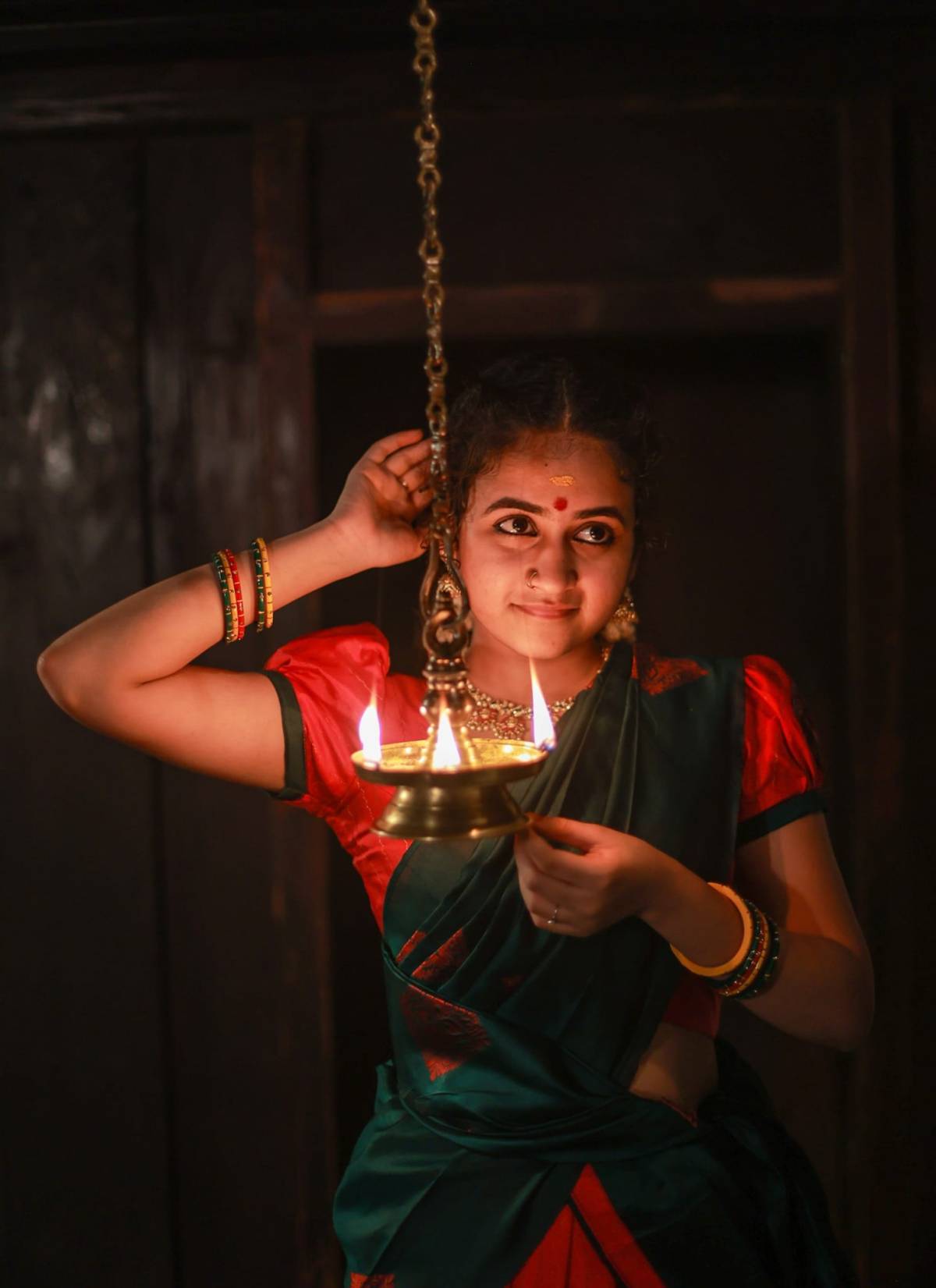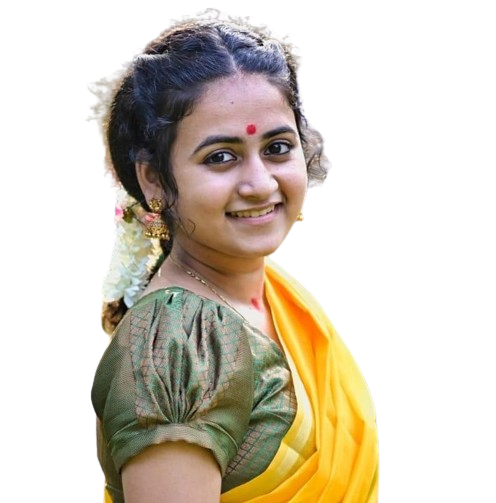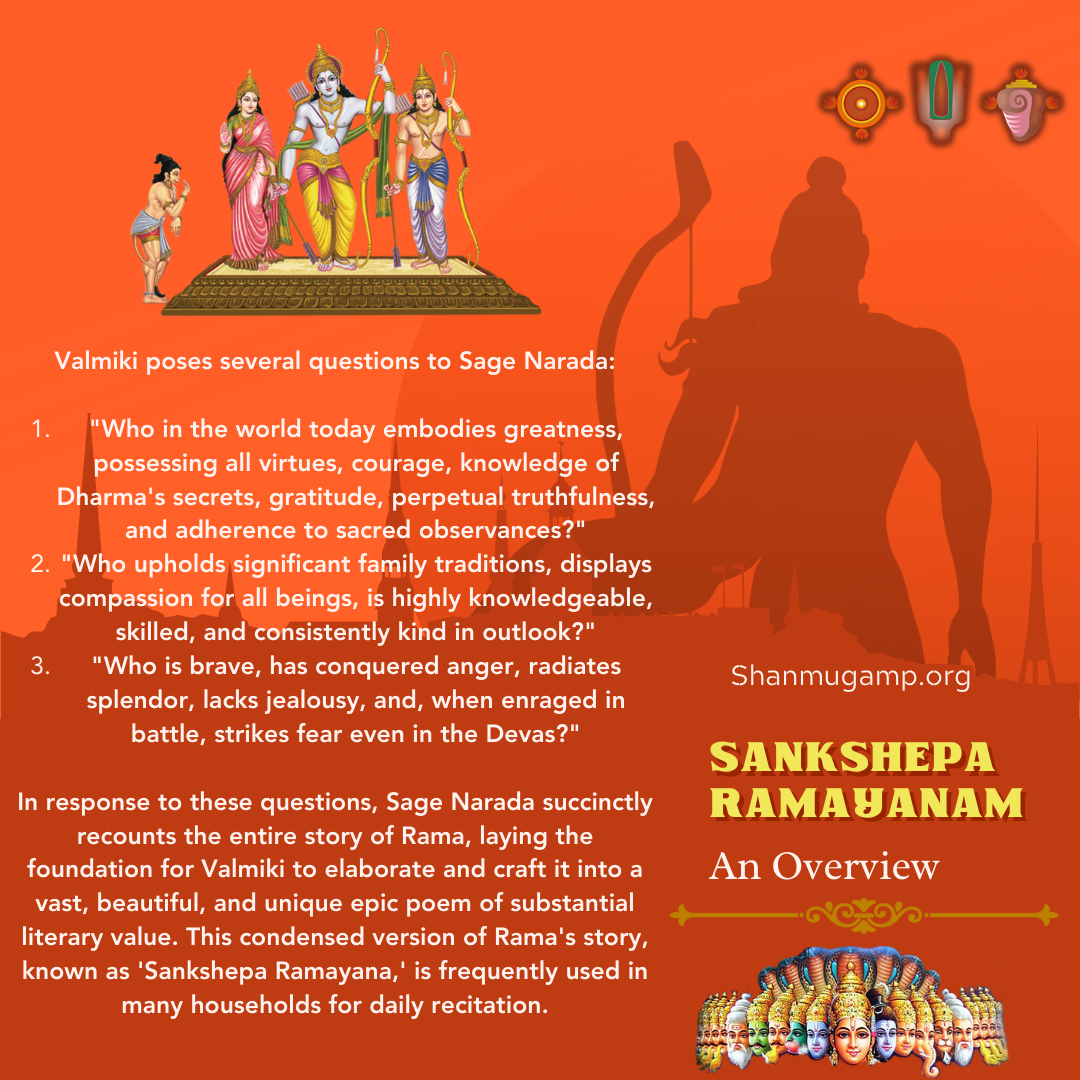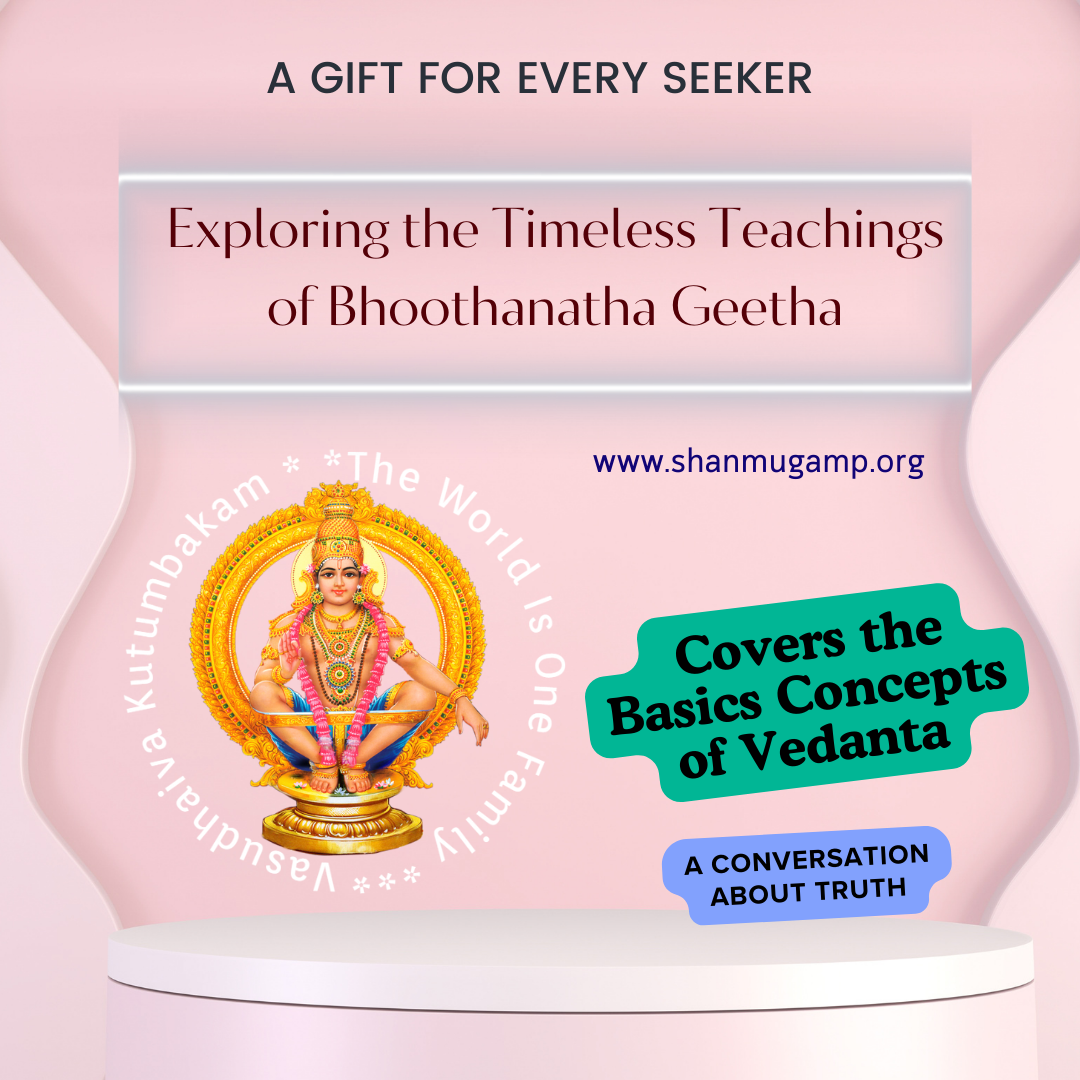“The most extraordinary people in the world do not have careers. What they have is a calling”
– From the book ‘The Code of the Extraordinary Mind’
I haven’t had a fixed job or a healthy career in life for a long time. But I do have a calling that is much more powerful than a job that helps to pay bills or a career which has a clean ladder of professional growth. A calling can go beyond many rules that are determined by the culture or the society; In fact, the sole purpose of a calling may involve questioning some of these rules.
Mahatma Gandhi’s experiments with truth and the quest for Indian liberation was born out of a calling. The same is true for thousands of scientists who contributed to the scientific world. Many people today live with such a calling and often they have conflicts between what is socially demanded from them and what they actually want to do. They may find it very hard to fit in the society until they find a suitable supportive environment to go on with their mission or the inner calling.
Ever since I was young, I have been passionate about a few things; those few subjects are very much related to my inner calling. I have felt that I am born to make a difference in these areas:
- Poetry, Music and other forms of art.
I grew up reading the poetry of Mahakavi Bharathiyar who has been my main inspiration. I was interested in exploring various meters in Tamil prosody like Venba, Agaval, Virutham etc and I wanted to write poetry in these classical meters. This interest was mainly inspired by Bharathiyar’s poems. I succeeded in using meters for poetry and I developed my poetic skills overtime.
For some people, (Like Sooryagayathri, my most favorite carnatic singer) M.S. Subbulakshmi is an inspiration for music. Interestingly, M.S. Subbulakshmi and Bharathiyar have something in common. Bharathiyar was born on December 11 and M.S.Subbulakshmi died on December 11.
These coincidences have always caught my attention. I think coincidences are like some kind of synchronization as Carl Jung has observed. They come with messages or signs.
“Jung developed the theory of synchronicity as a hypothetical noncausal principle serving as the intersubjective or philosophically objective connection between these seemingly meaningful coincidences” – Kerr, Laura K. (2013). “Synchronicity”. In Teo, T. (ed.). Encyclopedia of Critical Psychology. Berlin, Heidelberg: Springer-Verlag.
I have written more about such coincidences here: https://shanmugamp.org/2019/09/27/some-amazing-coincidences-regarding-religious-tolerance/ (By the way, Osho, my spiritual inspiration was also born on December 11th. Most importantly, my son from my divorced wife was also born on December 11th. It doesn’t end here. My ex wife remarried on December 11th).
I feel sad to see that poetry as an art is dying today. In ancient times, poetry preserved all the accumulated knowledge. People preferred metrical verses to record knowledge as they are easy to memorize and serve as great mnemonic devices. After all,most of our famous Vedic verses are in the form of poetry. But its importance and utility is not known to people these days. It is especially true with metrical verses, since free verse is getting more popular these days. I wanted to serve the society by raising awareness about poetry and even teaching the nuances of it, if possible.
- Religion
Religion has always fascinated me. I got a chance to explore various religions as I studied in the schools run by three major religions in India: A Christian School run by a church in my first grade, a Muslim school run by a mosque in 2nd grade, and a Hindu school which is named after one of the Shankaracharyas of Kanchi Kamakoti mutt in my 7th, 8th, 9th and 10th grade. It looks like a design. I feel like I am destined to study in these schools to see how various religions operate.
My main inspiration for religion in early childhood was Ramakrishna Paramahamsa. It was through him I understood that atmajnana/ brahmajnana and moksha are the most important goals of every religion. I also learned that all major religions are different paths to the same destination and all names of God point to the only one truth. The Rig Vedic verse ‘Ekam Sat Viprah Bahuta Vadanti’ became my favorite Vedic verse later in my life. It means ‘ The Truth is one; but it is called by various names by scholars and wise ones’.
I was disappointed by the conflicts and wars that exist between religions. My second book ‘Discovering God: Bridging Christianity, Hinduism and Islam’ was written to address this.
I have been very devotional since my early childhood. Many of my early poems were devotional poems. Later, I went through many spiritual experiences that changed my life; I will tell you more about them later in this article.
3) Science
Science has fascinated me as much as religion did. I have developed strong skeptical and critical thinking due to my exposure to science. In 9th grade, I was a main participant among a four membered team in science quizzes conducted by science center, Tirunelveli. I have been an atheist during my late teens for sometime as I lost the trust that religion is useful in any way in the modern world. My favorite scientist is Albert Einstein. He was my main inspiration.
The conflicts between science and religion were very obvious to me. Due to my earnest desire in finding out the truth, I wanted to resolve this issue by bridging science and spirituality. One of my ambitions or interests those days was to become a scientist.
Even though I forgot most of the science that I learned in high school, I know how science and scientific method works. One of my main concerns in recent years was about the fact that pseudoscience is very dominant and how it is very easy to fool people with fancy scientific terms. I am both open minded and skeptical at the same time. I wanted to see what we have in common among the findings of scientists and the enlightened sages of our ancient world. This motivated me to write my first book ‘The Truth about Spiritual Enlightenment: Bridging Science, Buddhism and Advaita Vedanta’ which is still selling and earning me royalties.
4) Society
I am going to talk about something that is least addressed in today’s world but which is also most important to understand if you really want to live a life that you have been created for. The issue that I saw in society made me angry. If this issue is recognized and addressed, most of the problems in the society can be addressed.
Do you remember one of the questions that you have been asked when you were a child? This is especially true if you are born in a country like India in the 1980’s and 1990’s. Teachers and parents often ask you, ‘When you grow up, do you want to become a doctor or an engineer?’
Why didn’t they give me all the available options? What if I want to become a poet or a singer? Obviously, those people wanted us to get the most respected and high paying jobs in the society. We were rarely encouraged to find our own passions.
I realized that I was much different than other people. I was always jumping from one interest to the other and I was more interested in exploring everything that the world has to offer. So obviously I was a very active child. My attention was switching often as I know that the world is so big and I can’t choose something right away just because the society dictated us to do so.
Did you notice that I mentioned the words ‘attention’ and ‘activity’ in the previous paragraph? Those words are important. There are many children in today’s world who show hyperactivity and also find it difficult to pay attention because of the overwhelming amount of attention grabbing stuff in the modern world. It is actually a healthy trait. But if you take such a child to a psychiatrist, a lot of them will diagnose them as the children having ADHD or ‘Attention deficit hyperactivity disorder’. That is a tragedy!
Recently, scientists are talking about how ADHD is not really a problem but actually a personality trait. There is a great amount of diversity among how the nervous systems of people function. It is also found that people who are diagnosed as ADHD patients simply have a different kind of nervous system which makes them motivated by interest rather than importance. Dr. Hallowell and Dr. Ratey coined a new name for ADHD and called it as VAST, which stands for Variable Attention Stimulus Trait.
Modern society has been created by having most of the neurotypical people in mind. But for people who are neurodiverse, this society is a problem; they have difficulty to fit in and perform according to the social demands. But it is not their fault. They are simply born for something different. In today’s society, such people are forced to follow the formula that everyone is following :
“Study and get good grades, get a good degree that has a lot of scope for a high paying job, get a high paying job, earn a lot of money, give birth to children, and die!”
Do you see the problem?
Here, I want to say more about the concept called svadharma mentioned in Bhagavad Gita. It is one of the most misunderstood concepts in religion. Since, Svadharma and Varna are discussed together, people think that Svadharma depends on the Varna one is born in. But in reality, a person’s Svadharma is nothing but the uniqueness, personality and interests which are determined by nature or genetics and by the nurture or one’s personal experiences in life.
Let us look at the 35th verse of the 3rd chapter in Gita (Transalation taken from https://www.holy-bhagavad-gita.org/chapter/3/verse/35) :
श्रेयान्स्वधर्मो विगुण: परधर्मात्स्वनुष्ठितात् |
स्वधर्मे निधनं श्रेय: परधर्मो भयावह: || 35||
śhreyān—better; swa-dharmaḥ—personal duty; viguṇaḥ—tinged with faults; para-dharmāt—than another’s prescribed duties; su-anuṣhṭhitāt—perfectly done; swa-dharme—in one’s personal duties; nidhanam—death; śhreyaḥ—better; para-dharmaḥ—duties prescribed for others; bhaya-āvahaḥ—fraught with fear
Meaning: It is far better to perform one’s natural prescribed duty, though tinged with faults, than to perform another’s prescribed duty, though perfectly. In fact, it is preferable to die in the discharge of one’s duty, than to follow the path of another, which is fraught with danger.
………..
The word duty here means the type of life that nature assigns to you. By doing introspection and discovering your true passion, strengths, weaknesses etc, you can see what kind of life or career is ideal for you.
This is one of the important messages of Gita. When people choose a career which suits their passion and interest, we will have qualified people everywhere to do their jobs. We need to see a world without class differences in order to accomplish this. A person who is picking up garbage in streets deserves to be paid as much as a doctor who cleans a person’s stomach gets paid. Both are cleaning something and bringing a cure to the society anyway.
When that becomes a reality, the world will become a better place. Since all jobs are equally valued and since each one find s a job according to their own svadharma, everyone will naturally do their job well. That will be a kingdom of heaven on earth!
I want to end this chapter by quoting a poem by Robert Frost. It is one of my favorite poems:
Two roads diverged in a yellow wood,
And sorry I could not travel both
And be one traveler, long I stood
And looked down one as far as I could
To where it bent in the undergrowth;
Then took the other, as just as fair,
And having perhaps the better claim,
Because it was grassy and wanted wear;
Though as for that the passing there
Had worn them really about the same,
And both that morning equally lay
In leaves no step had trodden black.
Oh, I kept the first for another day!
Yet knowing how way leads on to way,
I doubted if I should ever come back.
I shall be telling this with a sigh
Somewhere ages and ages hence:
Two roads diverged in a wood, and I—
I took the one less traveled by,
And that has made all the difference.





